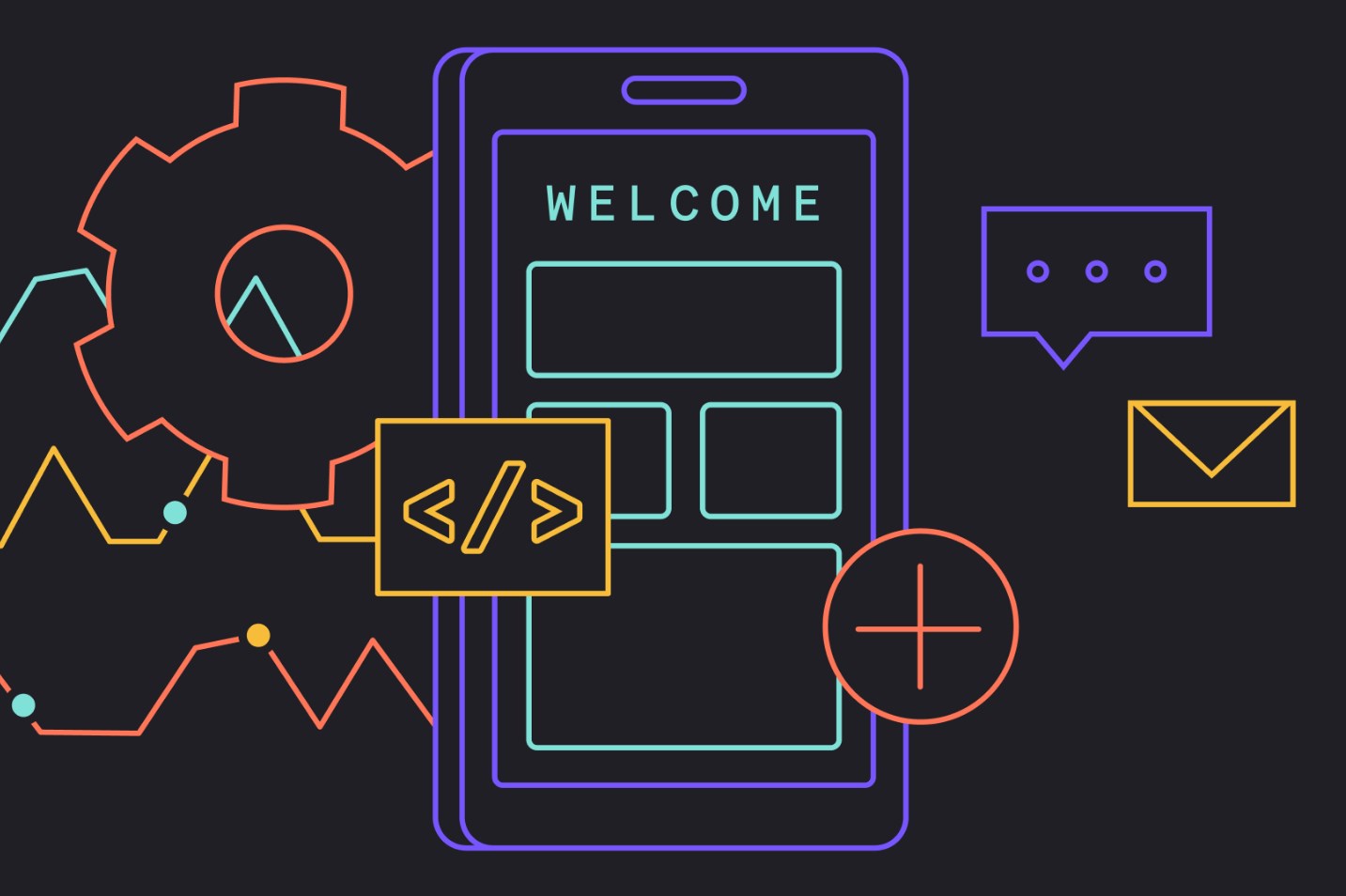Creating a positive and effective onboarding experience is essential for retaining customers and building long-term relationships. A well-designed onboarding process can help your customers understand your product or service, feel supported and engaged, and achieve their desired outcomes. However, getting your customer onboarding right is not always easy, and it requires careful planning, execution, and optimization. In this article, we will explore strategies, best practices, and tips that can help you create a seamless and impactful onboarding experience for your customers.
What are the benefits of a well-designed customer onboarding experience?
A well-designed customer onboarding experience can bring a number of benefits to both a company and its customers. For companies, it helps to ensure that customers are set up to use their product and to understand how to get the most value out of it. This can help to reduce customer churn and increase customer satisfaction. It can also improve the efficiency of customer support teams by reducing the number of queries that they need to answer.
For customers, a great onboarding experience can help to make them feel more comfortable with the product and can provide a great first impression. It can also help to make the product more intuitive and easier to use, reducing the time it takes for customers to understand the features and capabilities of the product.
What do you want your customers to achieve during the onboarding process?
The goal of the customer onboarding process should be to ensure that customers are set up to use the product and to get the most value out of it.
This could include learning how to navigate the product and use its features, understanding how to manage their account, and understanding how to get help if they need it.
Additionally, companies may want customers to understand how their product can help them to achieve their goals and to understand the value that they are getting from their purchase.
What are the essential steps and milestones in a successful onboarding process?
A successful onboarding process should include the following essential steps and milestones:
- Introduce the customer to the product: Explain the features and capabilities of the product, and provide an overview of how it can help the customer to achieve their goals.
- Set up the customer’s account: Help the customer to set up their account and configure any necessary settings.
- Train the customer: Teach the customer how to use the product, and provide resources to help them learn more.
- Follow up: Follow up with the customer to make sure they are getting the most out of the product, and to answer any questions they may have.
Leverage technology and automation
Technology and automation can be leveraged to help streamline the onboarding process and to make it more efficient. Automated emails can be used to send out welcome messages or to provide customers with resources to help them learn more about the product.
Automated onboarding wizards can be used to help customers quickly set up their accounts and to configure any necessary settings.
Additionally, customer support software can be used to provide customers with help and assistance when they need it. By leveraging technology and automation, companies can ensure that their customers have a smooth and successful onboarding experience.
How can you provide personalized and proactive support to your customers during the onboarding process?
The onboarding process can be daunting for customers, and it’s important to ensure they’re getting the personalized and proactive support they need to make the experience as smooth and seamless as possible. Here’s how you can provide the best possible customer service during the onboarding process:
Set up personalized customer profiles
Creating personalized customer profiles ahead of time is a great way to provide tailored support for customers during onboarding. Start by gathering relevant customer data and creating customer profiles that contain customer contact information, past purchase history and customer preferences.
This information can help you provide more personalized solutions and services during the onboarding process. You can also use customer profiles to segment customers and create targeted campaigns to keep them engaged during the onboarding process.
Offer self-service resources
Self-service resources such as online FAQs, product tutorials, and video resources can be a great way to provide proactive support to customers during onboarding. You can also provide customers with contact information in case they need additional help. This way, customers can quickly and easily get the information they need without having to contact customer service.
Automate onboarding processes
Automating onboarding processes can help streamline the customer experience and make it more efficient. Automation can help reduce customer wait times and ensure that customers are getting the help they need quickly and efficiently. Automation can also help you track customer engagement and provide customers with personalized support.
Provide incentives to encourage customer engagement
Incentives such as discounts, free gifts, and loyalty rewards can be a great way to encourage customers to stay engaged during onboarding. Offering incentives to customers is a great way to show them that you value their time and are willing to reward them for their loyalty.
Make customer feedback a priority
Getting customer feedback during the onboarding process is a great way to ensure that customers are getting the support they need. Make sure to ask customers for their feedback and opinions so you can identify any potential issues and take steps to address them.
Continuously evaluate and optimize your onboarding experience
To ensure that customers are getting the best possible onboarding experience, it’s important to continuously evaluate and optimize your onboarding experience. Here are some tips for optimizing your onboarding experience:
- Identify customer needs: Take the time to understand customers’ needs and preferences so you can tailor your onboarding experience to meet their needs.
- Streamline processes: Look for ways to streamline processes so customers can quickly and easily get the help they need.
- Track customer engagement: Track customer engagement to identify areas where you can improve your onboarding experience.
- Provide customer feedback: Ask customers for feedback and use it to make improvements to your onboarding process.
- Constantly review and revise: Regularly review and revise your onboarding process to ensure it’s as efficient and effective as possible.

